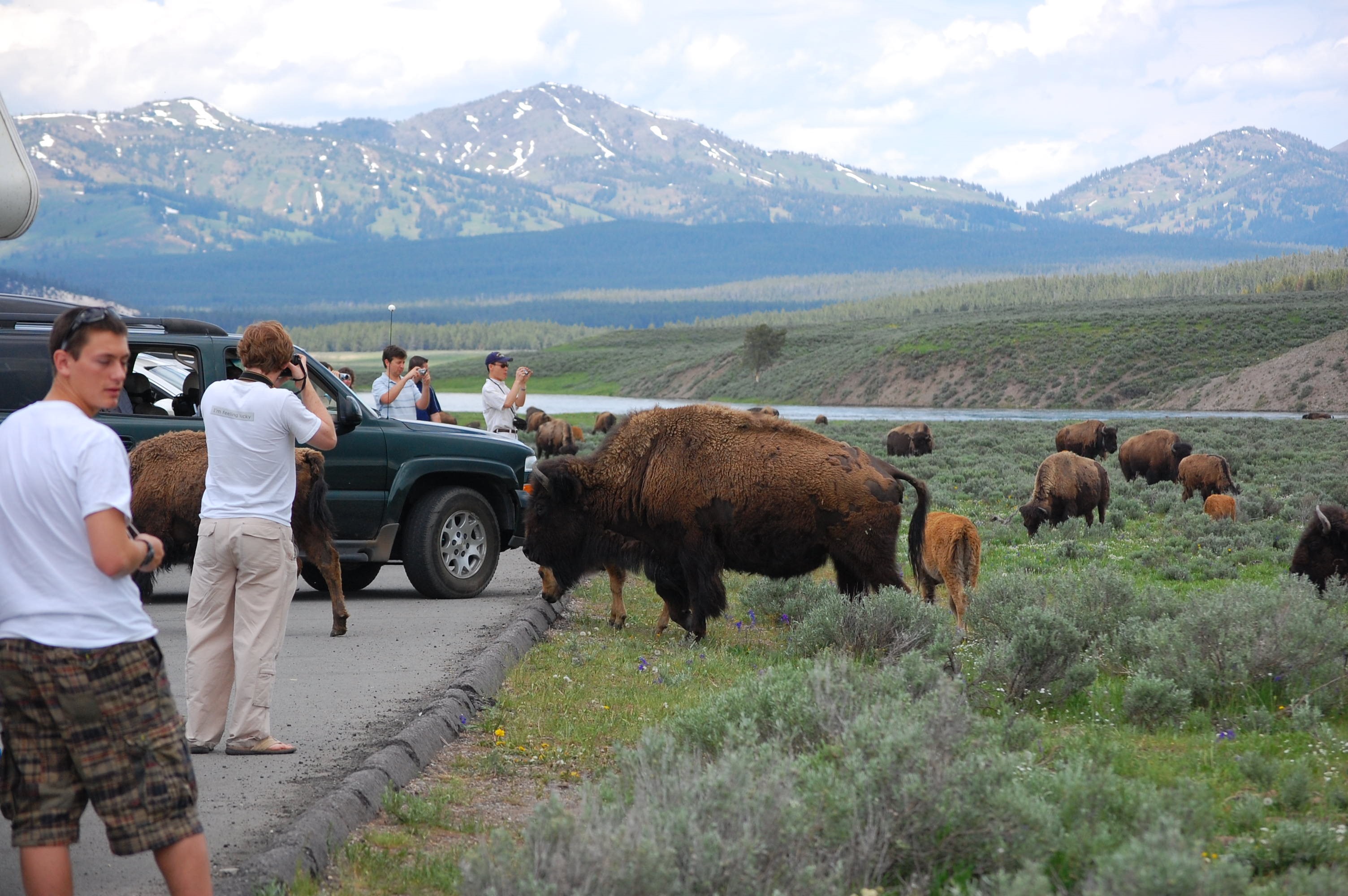Understanding and managing wildlife jams in national parks: An evaluation in Grand Teton National Park
Abstract
As recreation and tourism in parks and protected areas continues to increase, managers face rising concerns of degradation of natural resources and the visitor experience. Many park visitors are seeking opportunities to view or photograph wildlife. Visitor behavior in prime wildlife-viewing areas often involves visitors parking along roadways and exiting their cars to view wildlife. This creates a phenomenon known as a “wildlife jam”, as visitors park informally along a roadway, often becoming pedestrians as they view wildlife, while other motorists attempt to drive through. To date, no studies have comprehensively investigated this phenomenon. Our study characterizes the nature of wildlife jams on the Moose-Wilson Road in Grand Teton National Park. Global Positioning System (GPS) technology was used to collect high-accuracy data on location and duration of the jams. Observations during jams characterize size (how many visitors and cars were involved) and visitor behaviors during jams. Preliminary results suggest that jam characteristics including presence of park staff, species involved, and location, can affect the duration, extent, and visitor behaviors that occur. Understanding the nature of these jams will enable park managers to minimize the potential negative effects of jams on wildlife and the visitor experience.
Featured photo by letdown102 on Flickr. https://flic.kr/p/57jUok

